Five emerging pet owner behaviours that could reshape the sector
New technology. The increased cost of living. A pandemic which led to an explosion in pet ownership, with Generation Z and Millennials now representing 53% of all new pet owners. We may only be in 2023, but this decade has already seen significant change that’s influencing the way pet owners think, feel and act – perhaps more than has yet been fully realised.
We’re seeing these factors causing pet owners to adapt how they give, show and seek care for their pet. But, most interestingly, we’ve spotted a transformation in the perception of value among pet owners.
In this context, we’ll define value as quality + service – price + effort
Our experts have identified emergent behaviours and themes which we have categorised as five specific pet owner mindsets. Pet owners with a particular mindset gravitate towards different parts of the value definition as a way of expressing their care and commitment to their pet. We project these behaviours will build momentum and have an increasing impact on the sector.
Read on for our expert insights and recommendations around:
- engaging pet owners with a desire to solve their own problems
- feeding the increasing demand for nutritional knowledge
- becoming a meaningful member of the changing pet owner community
- focusing on pet wellbeing and wellness in a way that truly connects
- recognising and responding to the growing demand for personalisation.
1. Digital tech is accelerating DIY petcare
Mindset: The Creative Solutionist
There’s so much info out there, so many new types of tech to explore. And since the cost-of-living crisis started to bite even harder, search engines are showing the evidence of pet owners really starting to get their teeth into it. We call pet owners who exhibit this behaviour the Creative Solutionist.
These creative problem-solvers are spending time overcoming issues that previously they may have just spent money on – whether that’s how to create a more pet-friendly home or how to help a pet in pain. For example, the RSPCA stated that the number of searches for ‘can I give my dog paracetamol’ was 28% higher in May 2022 than it was in April 2020 – and that was when vets were only partly open due to the lockdown.
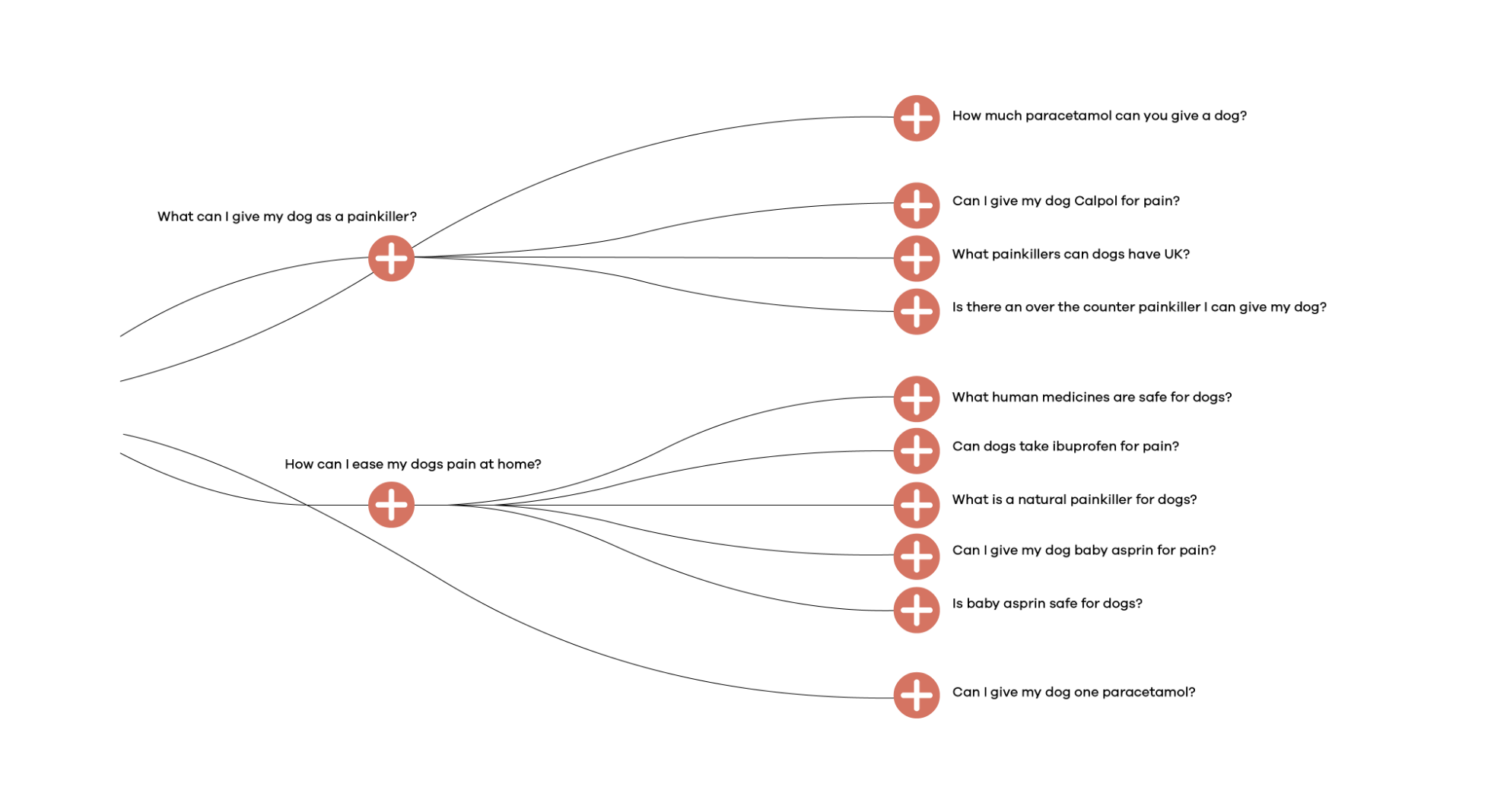

Online research can bring obvious rewards, but it can also bring risks – particularly when we’re talking DIY health. As we can see in the above AlsoAsked search, if the right information isn’t easily available to pet owners who are searching for ways to diagnose and medicate their pets, finding and following the wrong advice can lead to a life-threatening situation for the animal, however good the owner’s intentions.
“Whatever question the consumer is asking will likely have an answer displayed on the search engine results page. This is great when the customer is asking for creative ideas or information on a topic which has rich and safe coverage online – but there’s a real risk when someone is searching around a topic that doesn’t benefit from that.”
Sam Bettis, Customer Engagement Director
For both agile brands that act on this quickly and brands that have the authority to be recognised as a trusted source, this shift brings new possibilities. Think about:
- creating self-help tools – do these need to be monetised, or could they fit within your customer experience in a different way?
- embracing emerging technologies, such as AI or digital worlds to give help in a new way (and potentially provide passive income too)
- how you could serve the right support in the right place at the right time.
If you’re there for pet owners seeking digital support, there’s the potential to improve your brand perception and awareness. If you’re not already working on it, what might a digital transformation roadmap look like for you?
“More and more through this cost-of-living crisis, we’re seeing inadequate information presented in Q&A moments. If brands want to make a difference, now’s the time to make the internet a safer place with better answers to pet owners’ questions and more support for those customers who want to do it themselves.”
Sam Bettis, Customer Engagement Director
2. The increasing hunger for nutritional know-how
Mindset: The Nutrition Neophyte
Pet food trends are nothing new. We’ve seen owners opting for grain-free, vegan or raw in recent years – and further ways of feeding will follow as both challenger and leading brands break into new territories. But what is newer is pet owners wanting to better understand what it says on pet food packets. We call pet owners who exhibit this behaviour the Nutrition Neophyte.
This bigger appetite for nutritional knowledge is one of the ways they’re demonstrating their commitment to their pet. We’ve identified increased search interest in niche nutritional areas, which shows that pet owners know the specifics of what to search for.
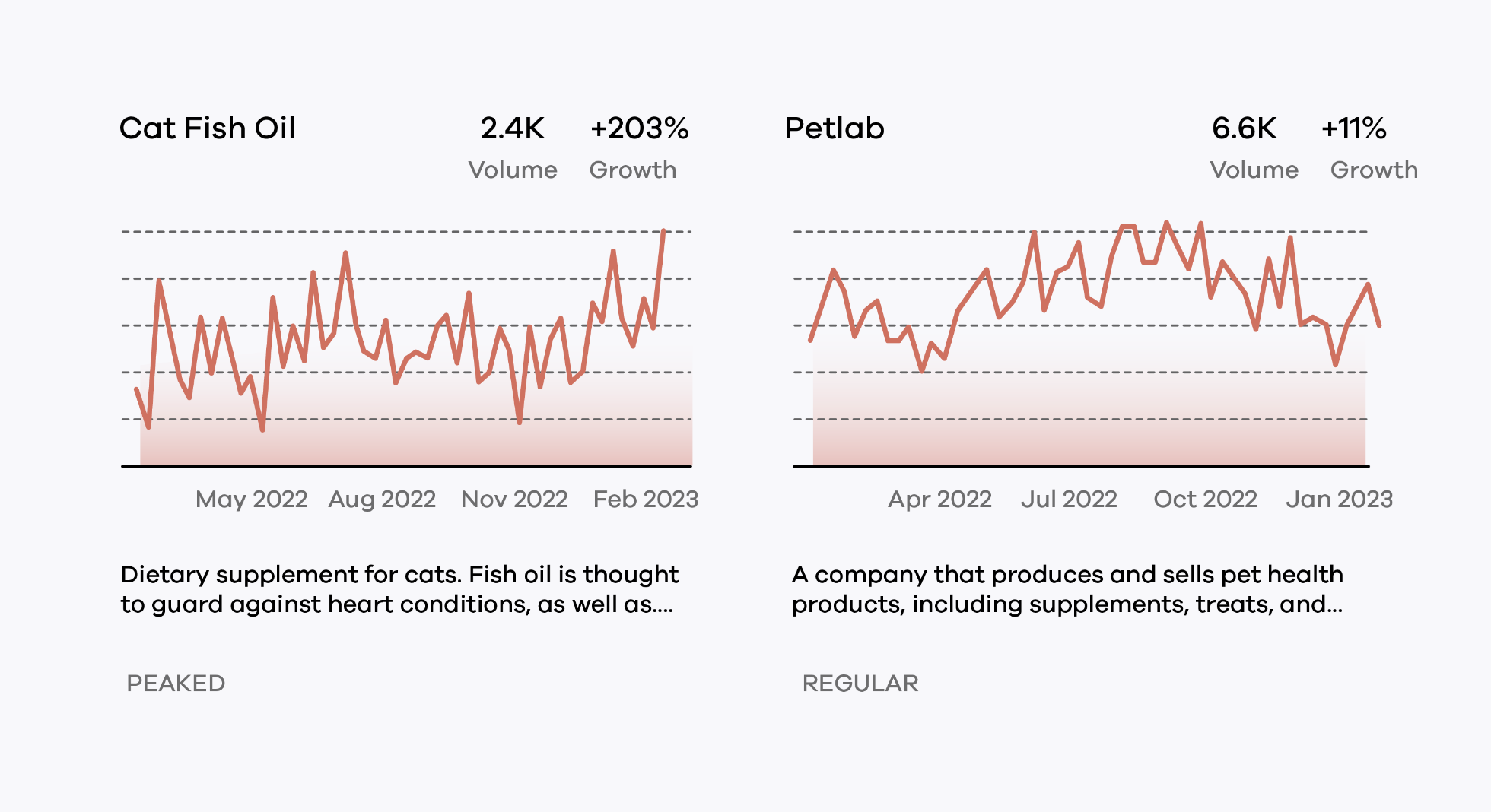

We’ve also seen cost itself driving conversation around what the packet wording actually means. It seems the high cost of living is causing Nutrition Neophytes to sometimes swap money spent for effort spent researching to find lower-priced alternatives that work within their tightened budget:
“We find Iams kitten biscuits expensive… do you know if Tesco own-brand complete kitten biscuits are OK? The ingredients with regard to ratio of cereals is vague, no percentage, but listing it first.”
Anonymised Twitter user, 16 August 2022
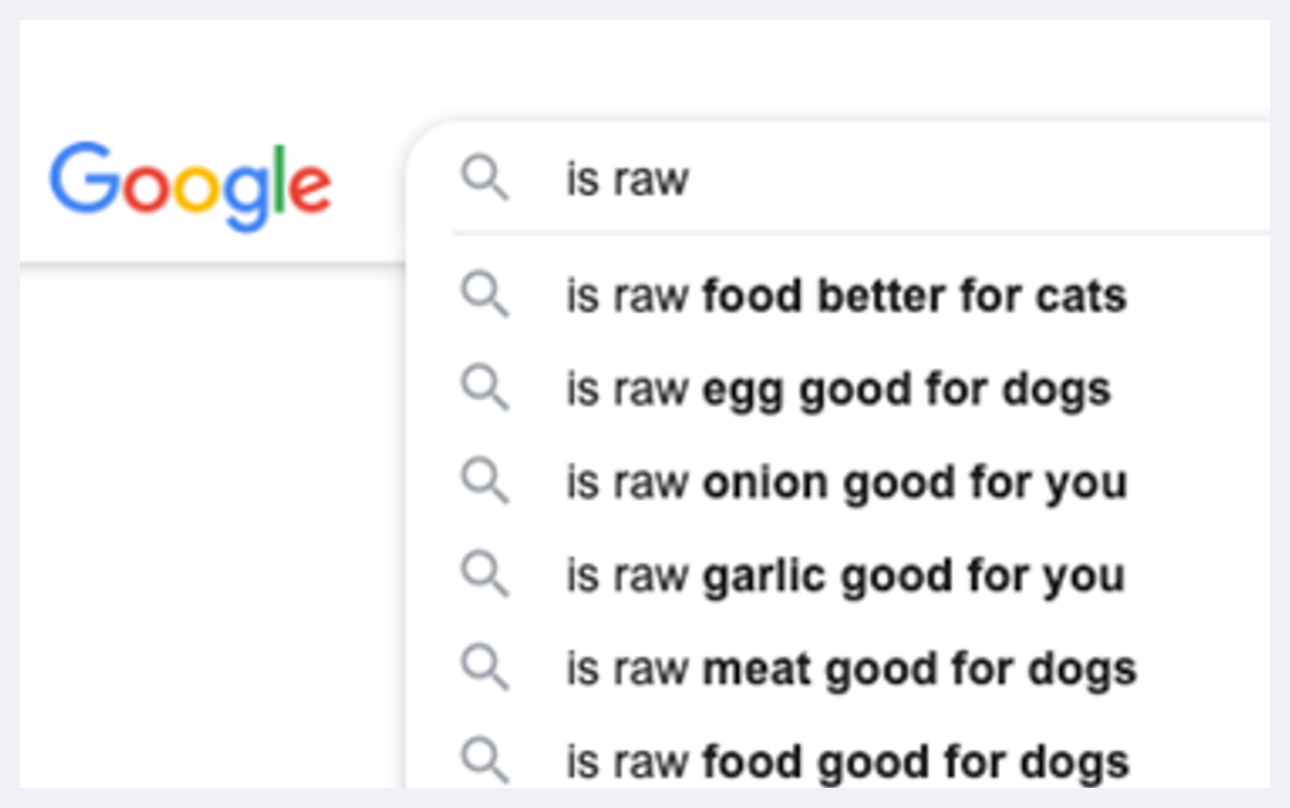
And there’s been an increase in pet owners investigating different diets and products via search and social as they try to understand what’s right for their pet:
With so many dietary options now available, pet owners with a nutritionist mindset are ready to interrogate nutrition. They won’t be persuaded by buzzwords and science-speak.
That means pet nutrition brands need to start reconsidering both how and where they communicate. For some, this may mean rethinking how they position the R&D that went into their product to make it clearer for consumers to, well, consume, while still conveying their expertise.
“Pet food brands can’t continue to rely on their authority alone when it comes to nutrition. Pet owners are more motivated than ever to understand exactly what they’re feeding their pets.”
Emma Osborne, Senior Client Partner
Brands that join the nutrition conversation and make it more manageable will be more likely to win trust and customers. To embrace pet owners with this mindset, is it time to:
- consider how your brand can balance its in-depth expertise with the growing appetite for understanding nutrition?
- rethink the customer experience across not only packaging, but all touchpoints?
- be better prepared to answer questions about what a specific benefit actually means or what a certain ingredient really does?
- create more transparent ways for pet parents to weigh up options and compare products?
“Brands that are active in nutrition conversations and support owners to better understand their specific products, or nutrition in general, could win trust – and custom, too” Emma Osborne, Senior Client Partner
3. Togetherness continues to help overcome challenges
Mindset: The Community Champion
Pet owners have used the web to build rich communities over many years. Here they support one another to learn, navigate change and problem-solve – particularly on forums or closed Facebook groups where one-to-one help can be sought.
The Community Champion mindset categorises the trend of pet owners connecting to share and support one another through pet ownership and its challenges – and to create cost efficiencies, prompted in part by the high cost of living.
We’re observing this community-mindedness becoming more of a ‘phygital’ experience, with online and offline communities blending and real-world action happening as a result. Think BorrowMyDoggy and its rise to prominence, and also the increase in second-hand pet goods. Our digital listening has identified conversations about pre-loved pet items going from almost non-existent to a hot topic of 2022.
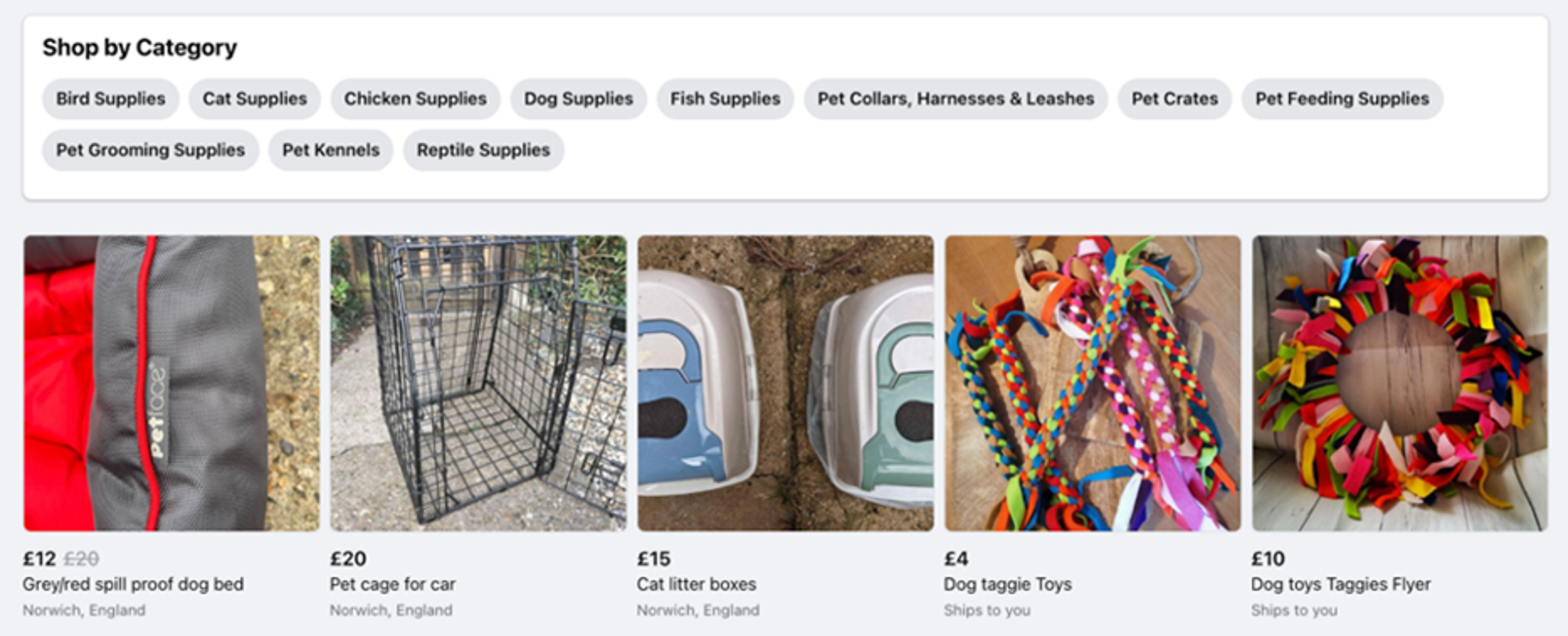

If pet owners are connecting among themselves, where do brands feature in their community? How can they be seen as more than simply a money-maker or even a distant corporate to become a real, human part of the conversation? And if your products are living a second life with a new owner, how does that impact or influence your strategy?
“For a brand to authentically tap into the success of community, a human-to-human (H2H) approach needs to be adopted, which can be a shift in comparison to existing B2C relationships and tone of voice. To achieve this, there’s a need to break down the wall between business and the consumer by basing activity on real conversations and queries.”
Eleanor Fitzpatrick, Client Partner
Brands that can achieve the ultimate achievement of turning a threat into a benefit could find a new place in the heart of pet owners by becoming part of their community. There’s a lot to think about here, including:
- how do you inject community into your experience in a way that blends digital convenience with real-world impact?
- what about your product or service could make it more marketable to this mindset, and how can you focus on those advantages?
- could pet owner communities form part of a meaningful CSR campaign for your business?
“Digital listening can help us grow our understanding of our customers in real time, enabling us to create ‘of the moment’ activity that’s directly being sought, removing guesswork to create a more direct route to engagement.”
Eleanor Fitzpatrick, Client Partner
4. A growing appreciation of pet wellbeing
Mindset: The Wellbeing Prioritiser
We’ve observed increased discussion around pet wellness and wellbeing, with pet owners embracing routines and products that make these a priority for pets. To see how it’s soaring, take a look at Google search interest in anti-anxiety dog beds and CBD for dogs:
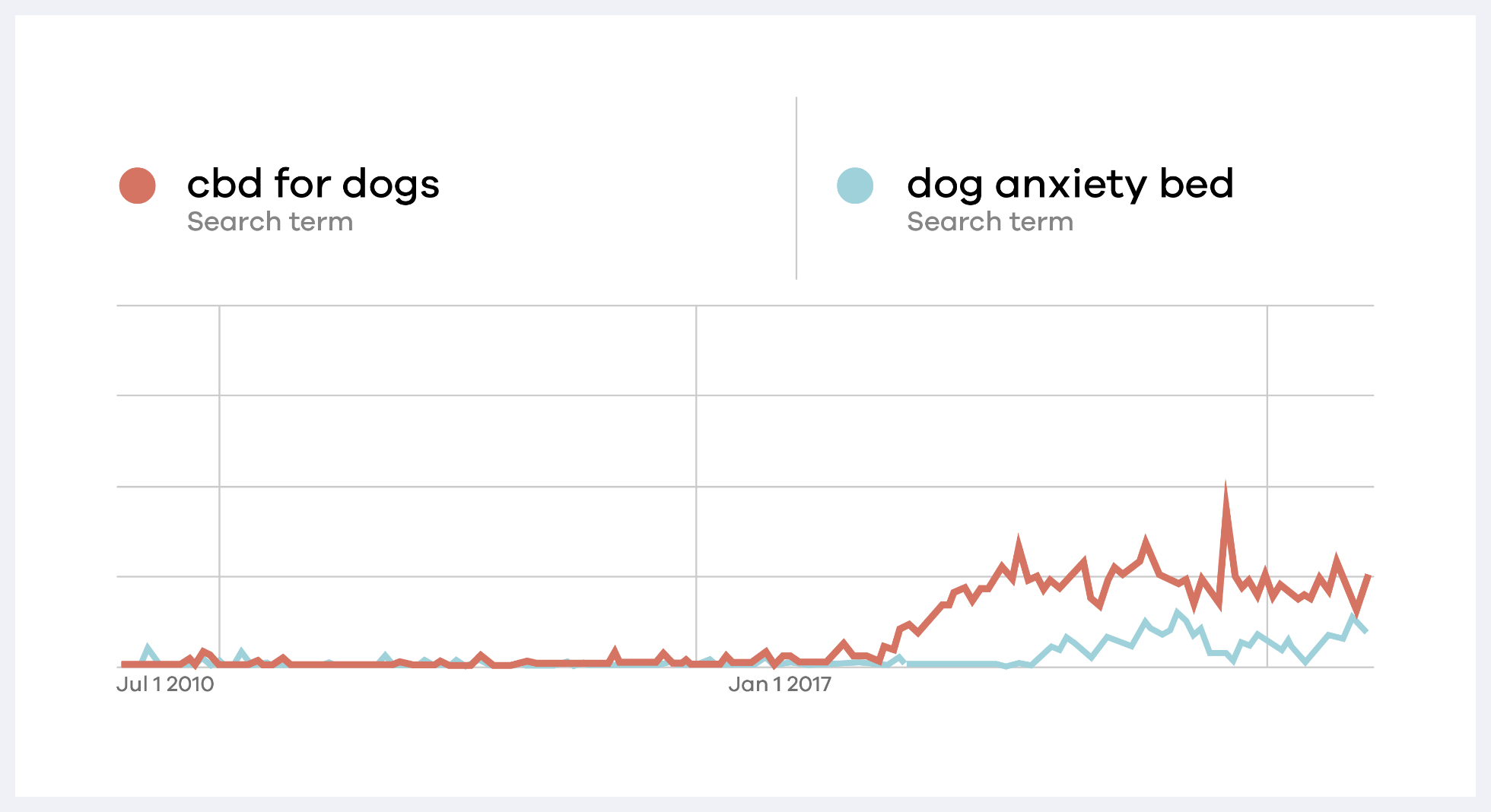

Research in the US also notes this growing trend:
- search volumes for dog food targeting “anxiety health” grew 87% between August 2021 and July 2022
- sales of pet supplements were up 11% from August 2021 to August 2022 (compared to just 6% sales growth for human supplements, vitamins and minerals).
Source: NielsenIQ, 2022.
At a time when many are looking to reduce their outgoings, it would seem unexpected for spending in this area to rise, so this increase is an indication of the emotional investment that Wellness Prioritisers have in their pets.
It’s interesting to see that popular media such as Netflix documentaries are increasing the appreciation of pet wellness and wellbeing by covering in-depth research in a way that engages the masses and gets people talking. And it’s compelling for pet owners to see brands such as Tesco Bank and Zoetis, among others, focusing on the human wellbeing benefits of having a pet. This connection pet owners are making between human and pet health seems to be understood by brands such as Yumi, a human nutritional supplement brand, which launched its pet supplement brand, Yumi Dogs, in 2022.
But if brands are going to keep pace with consumer feeling, we think there’s more to be done to appeal to this mindset. Brands need to show they truly appreciate the wellbeing benefits of pet ownership, understand the role pets have in a family or home and are able to meaningfully support pet wellbeing – which can help human wellbeing too – all while being an authority on the similarities and differences between human and pet health to avoid confusion and risk.
“We mustn’t underestimate the power of emotion and anthropomorphism (or pet humanisation). While not a new concept, the trend in younger demographics’ ownership of pets and their exposure to, and increased usage of, wellness products and services leads to an increase in demand for wellness for their pets. This goes beyond health benefits from the type of food they choose to feed their pets and into the broader realms of improving mood and reducing anxiety.”
Eliot Sykes, Head of Consultancy Strategy
To tap into the Wellbeing Prioritiser mindset, brands can start thinking around how to:
- build wellbeing and wellness into the product value narrative, where appropriate
- equip customer care teams to speak more fluently around the subjects
- extend wellbeing and wellness beyond product into areas such as brand loyalty
- partner with human brands or break into their territory to join the dots between human and pet wellbeing.
“Brands that understand the needs of this mindset and help support or cater for it are more likely to engender greater trust in a large segment that will be happy to cut costs in almost every area before their pet’s care and wellbeing.”
Eliot Sykes, Head of Consultancy Strategy
5. Pet personalisation continues to be fuelled by better UX
Mindset: The Personaliser
Bespoke food. Perfectly sized outfits. Health and wellbeing tracked at every step. It’s all possible with less effort through better UX, and this is driving pet owners towards wanting increased individualism for their pets.
Pet owners with the Personaliser mindset feed uniquely, walk their own route and expect value through personalisation. Providing bespoke experiences for their pet is their way of expressing their care.


Brands are already building on the trend and recognising a pet’s uniqueness. Tably uses AI to find out how a cat is feeling, which can help owners better connect to their pet and support them with what they need. And personalised nutrition brands such as Tails.com create a unique food blend and deliver it in personalised packaging, helping pet owners to feel they’re providing exactly what their individual pet needs.
People with this mindset see their pets as a unique member of the family and want to find more ways to provide personalised care. Brands that clump pets into ‘cats’ or ‘dogs’ as a way of labelling their products or services are likely to lose the engagement of these owners. With improved user experience not only on websites but in IOT technology, wearables and digital worlds, it’s becoming simpler for brands to craft bespoke products and experiences that make providing personalised care for pets even easier.
“Users understand the value exchange of personalisation – providing detailed information about a pet is a step owners are happy to take in return for the right nutrition, exercise and care advice.”
James Matthews, Digital Experience Director
Those brands that can create an individual experience will win the hearts, minds and money of the Personaliser. Fortunately, there are different levels to providing personalisation, from including the pet’s name on a webpage to creating bespoke products.
If you want to attract pet owners with this mindset, consider:
- where and how can your customer experience and tone of voice recognise the uniqueness of each pet (avoiding the use of ‘your cat’ and ‘your dog’ as a catch-all term is a simple starting point)?
- what data can you make use of to bring in greater personalisation – or how can you gather those insights if they’re not already being harvested?
- how can you give pet owners new insights into the type of ‘person’ their pet is? Increasing their understanding could demonstrate the level of expertise your business has in this area.
“Brands that can create a trusted destination for highly relevant content and speak to the motivations of target audiences will make a purchase decision easier. In turn, first-party data allows brands to continually learn and hone the customer experience to become a more important part of the consumer’s (and their pet’s) life.”
James Matthews, Digital Experience Director
Want to talk trends – and how to action them?
With over 20 years’ experience in the pet health sector, we can work with you to help pet owners make good care decisions and simpler purchase decisions in a range of ways – from reinforcing motivational levers to removing barriers that might be in pet owners’ way.
By collecting and analysing real insight from real consumers, we can provide you with actionable recommendations to enhance experience, build trust and create customers and advocates.
For example, you could tap into the conversation with our digital listening tool and a bespoke dashboard that scours online channels looking for trends and topics specific to your businesses queries and objectives.
Then, using our strategy and creative expertise, we can help you act on those insights and create meaningful moments that are intelligently joined up – and that can bring powerful results.
To find out more about these mindsets and how to make these insights actionable for your brand, simply get in touch.
CHAT TO US
Have a challenge you'd like to discuss?
Contact Sam Bettis, Customer Engagement Director
sam.bettis@krowgroup.com
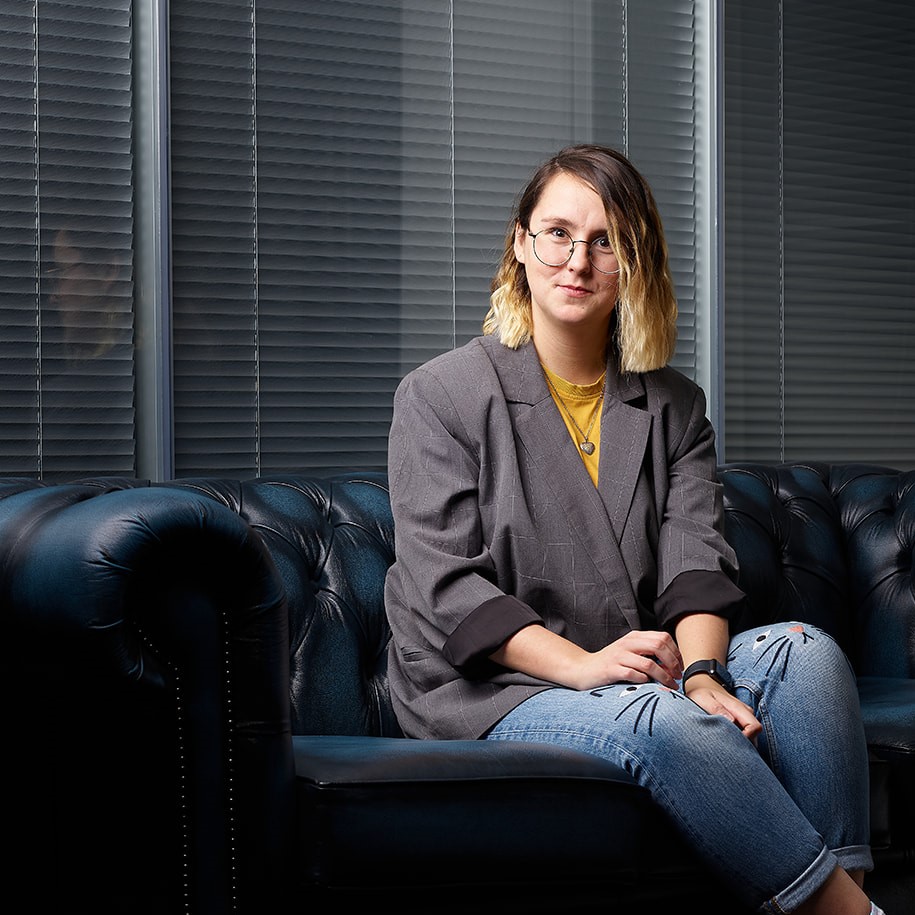
Related articles

Advertising: the unexpected recession essential
Written by Kirstin Wilson, Group Client Partner
Read more
krow has joined the Norwich Together Alliance
Written by Lisa Harris, Account Director at krow.x
Read more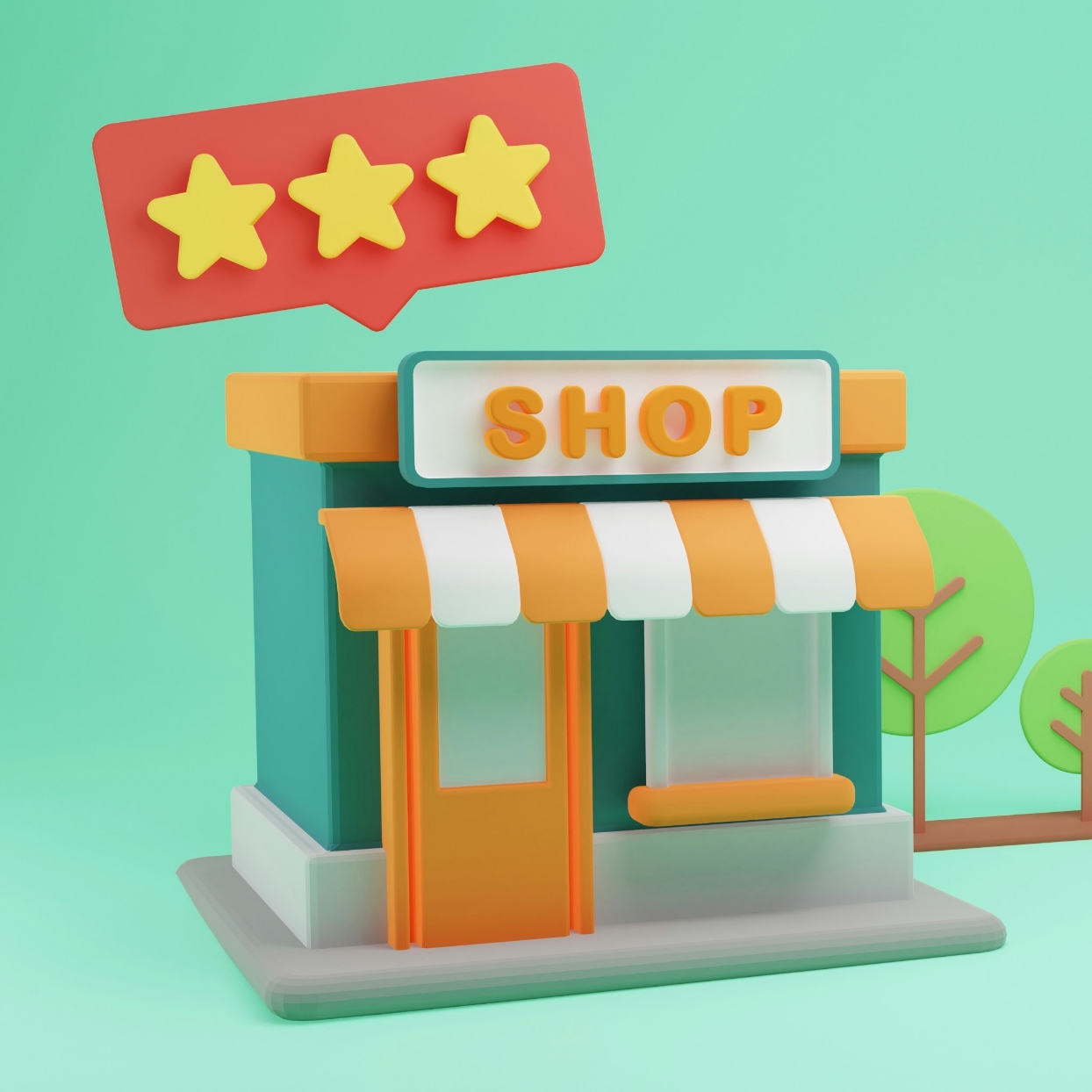
How brand-operation fusion drives excellence
Exploring the importance of brands getting ahead of fast-accelerating customer needs.
Read more
